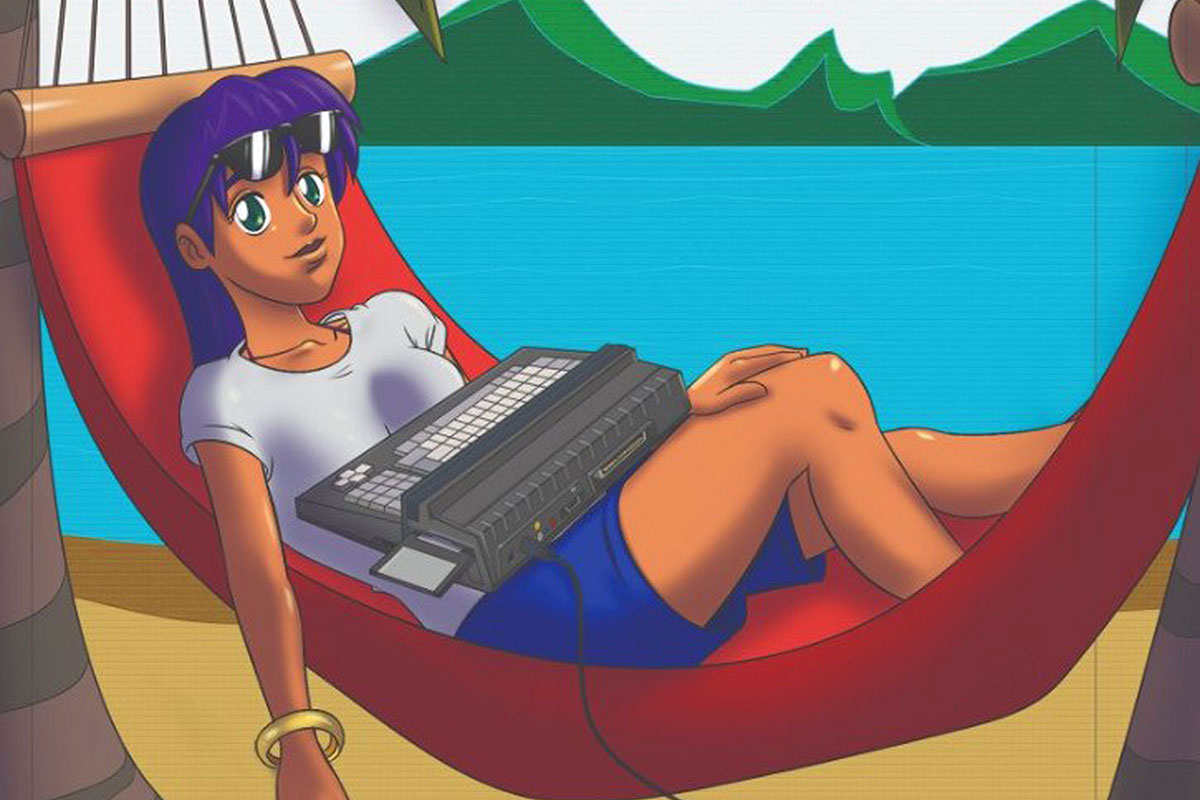News, Soundtrack, Jorrith Schaap, Konami, Mauricio Braga, Music, Riva Lima, The Goonies, WAV
The Association of Friends of the MSX (also known as AAMSX) officially launches a new project to promote the MSX standard. Its goal is to launch its…
Daniel Tear continues to work on the development of Rocketman, an action-adventure platform game that will soon be released for our first-generation MSX. I remember that…
Xavirompe continues to create new hardware to get the most out of our MSX devices. Proof of this are the MSX Debug Gadget and Ninja Tap-XR. The former is an interface that…
News, Menu, NataliaPC, NMENU, Programs, Utilities
The Stone of Wisdom is a classic Casio game released for MSX in 1986. NeonBytes has created a remake, with the same name, quite faithful to the original, preserving the…
J. Alberto is the user behind the preservation of MSX Soft Magazine. He started doing it several years ago, encouraged by the fact that it was the first…
Monthly magazine published by Monser in 1985, whose pages showed BASIC listings for different 8-bit systems such as ZX Spectrum, Commodore 64,…
hOffman, author of the conversion of the classic Metal Gear to Commodore AMIGA, now offers us the opportunity to enjoy on the SEGA Mega Drive console the work that gave…
MSXLive is a new way to enjoy MSX thanks to the benefits of emulation. And it does so through openMSX, the longest-running emulator on the international scene…
















